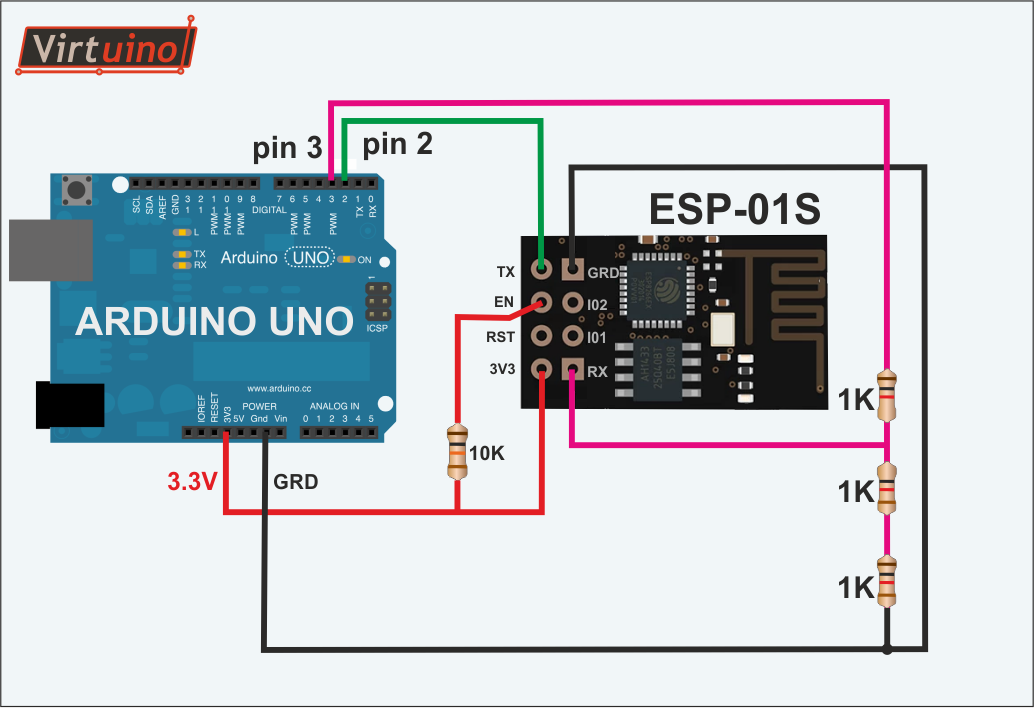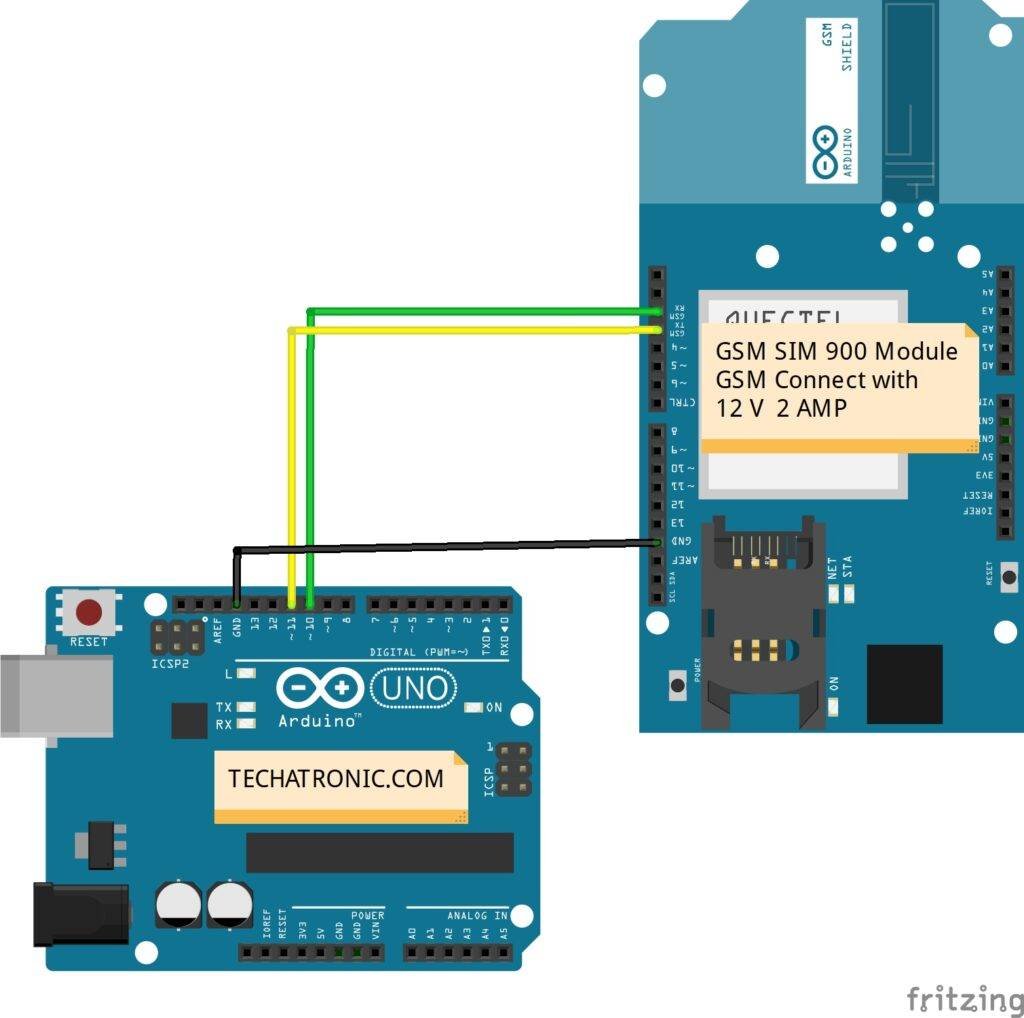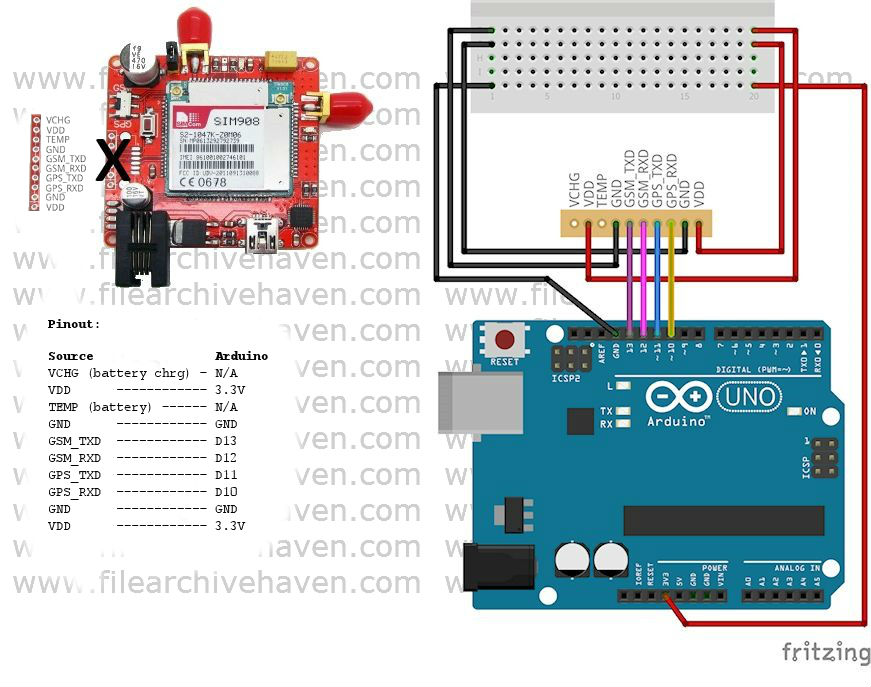

Using ESP32 bare chips is not easy or practical, especially when learning, testing, and prototyping. However, the “ESP32” term is also used to refer to ESP32 development boards. ESP32 Development BoardsĮSP32 refers to the bare ESP32 chip.
The ESP32 is a bit more expensive than the ESP8266.įor a more detailed analysis of the differences between those boards, we recommend reading the following article: ESP32 vs ESP8266 – Pros and Cons. The ESP32 is dual-core (most models), and the ESP8266 is single core. GSM LIBRARY ARDUINO DOWNLOAD BLUETOOTH
The ESP32 supports Bluetooth while the ESP8266 doesn’t.The ESP32 supports analog measurements on 18 channels (analog-enabled pins) versus just one 10-bit ADC pin on the ESP8266.The ESP32 comes with more GPIOs with multiple functions.While the ESP32 can cost around $6 to $12, the ESP8266 can cost $4 to $6 (but it really depends on where you get them and what model you’re buying). Additionally, the ESP32 comes with touch-sensitive pins that can be used to wake up the ESP32 from deep sleep, and built-in hall effect sensor.īoth boards are cheap, but the ESP32 costs slightly more. The ESP32 adds an extra CPU core, faster Wi-Fi, more GPIOs, and supports Bluetooth 4.2 and Bluetooth low energy. What are the main differences between ESP32 and ESP8266 boards?

Previously, we mentioned that the ESP32 is the ESP8266 successor. Main Differences Between ESP32 and ESP8266 Security: hardware accelerators for AES and SSL/TLS.RMII (Reduced Media-Independent Interface).UART (Universal Asynchronous Receiver/Transmitter).peripheral interface with DMA that includes capacitive touch.Low Power: ensures that you can still use ADC conversions, for example, during deep sleep.Embedded flash: flash connected internally via IO16, IO17, SD_CMD, SD_CLK, SD_DATA_0 and SD_DATA_1 on ESP32-D2WD and ESP32-PICO-D4.eFuse: 1 Kbit (of which 256 bits are used for the system (MAC address and chip configuration) and the remaining 768 bits are reserved for customer applications, including Flash-Encryption and Chip-ID).RTC slow SRAM: 8KB (for co-processor accessing during deep-sleep mode).RTC fast SRAM: 8 KB (for data storage and main CPU during RTC Boot from the deep-sleep mode).SRAM: 520 KB (for data and instructions).
 ROM: 448 KB (for booting and core functions). Processor: Tensilica Xtensa Dual-Core 32-bit LX6 microprocessor, running at 160 or 240 MHz. Bluetooth: BLE (Bluetooth Low Energy) and Bluetooth Classic. Wireless connectivity WiFi: 150.0 Mbps data rate with HT40. If you want to get a bit more technical and specific, you can take a look at the following detailed specifications of the ESP32 (source: )-for more details, check the datasheet): Compatible with MicroPython: you can program the ESP32 with MicroPython firmware, which is a re-implementation of Python 3 targeted for microcontrollers and embedded systems. Compatible with the Arduino “programming language”: those that are already familiar with programming the Arduino board, you’ll be happy to know that they can program the ESP32 in the Arduino style. Rich peripheral input/output interface-the ESP32 supports a wide variety of input (read data from the outside world) and output (to send commands/signals to the outside world) peripherals like capacitive touch, ADCs, DACs, UART, SPI, I2C, PWM, and much more. Dual-core: most ESP32 are dual-core- they come with 2 Xtensa 32-bit LX6 microprocessors: core 0 and core 1. Bluetooth: the ESP32 supports Bluetooth classic and Bluetooth Low Energy (BLE)-which is useful for a wide variety of IoT applications. Wi-Fi capabilities: the ESP32 can easily connect to a Wi-Fi network to connect to the internet (station mode), or create its own Wi-Fi wireless network ( access point mode) so other devices can connect to it-this is essential for IoT and Home Automation projects-you can have multiple devices communicating with each other using their Wi-Fi capabilities. Low-power: the ESP32 consumes very little power compared with other microcontrollers, and it supports low-power mode states like deep sleep to save power. Low-cost: you can get an ESP32 starting at $6, which makes it easily accessible to the general public. Why are they so popular? Mainly because of the following features:
ROM: 448 KB (for booting and core functions). Processor: Tensilica Xtensa Dual-Core 32-bit LX6 microprocessor, running at 160 or 240 MHz. Bluetooth: BLE (Bluetooth Low Energy) and Bluetooth Classic. Wireless connectivity WiFi: 150.0 Mbps data rate with HT40. If you want to get a bit more technical and specific, you can take a look at the following detailed specifications of the ESP32 (source: )-for more details, check the datasheet): Compatible with MicroPython: you can program the ESP32 with MicroPython firmware, which is a re-implementation of Python 3 targeted for microcontrollers and embedded systems. Compatible with the Arduino “programming language”: those that are already familiar with programming the Arduino board, you’ll be happy to know that they can program the ESP32 in the Arduino style. Rich peripheral input/output interface-the ESP32 supports a wide variety of input (read data from the outside world) and output (to send commands/signals to the outside world) peripherals like capacitive touch, ADCs, DACs, UART, SPI, I2C, PWM, and much more. Dual-core: most ESP32 are dual-core- they come with 2 Xtensa 32-bit LX6 microprocessors: core 0 and core 1. Bluetooth: the ESP32 supports Bluetooth classic and Bluetooth Low Energy (BLE)-which is useful for a wide variety of IoT applications. Wi-Fi capabilities: the ESP32 can easily connect to a Wi-Fi network to connect to the internet (station mode), or create its own Wi-Fi wireless network ( access point mode) so other devices can connect to it-this is essential for IoT and Home Automation projects-you can have multiple devices communicating with each other using their Wi-Fi capabilities. Low-power: the ESP32 consumes very little power compared with other microcontrollers, and it supports low-power mode states like deep sleep to save power. Low-cost: you can get an ESP32 starting at $6, which makes it easily accessible to the general public. Why are they so popular? Mainly because of the following features:







 0 kommentar(er)
0 kommentar(er)
